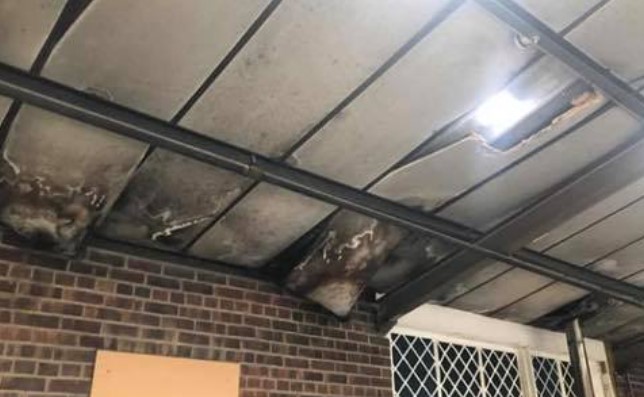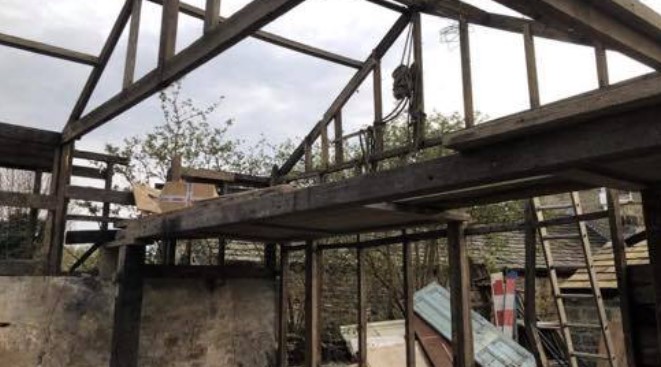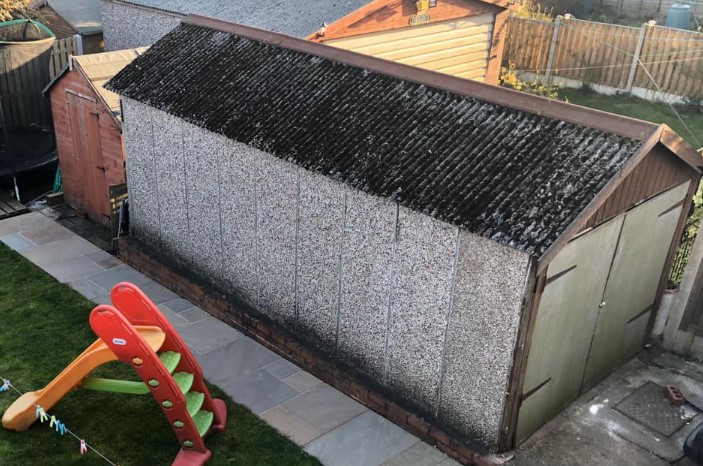

Asbestos, a once popular building material, is now infamous for its health hazards. Understanding and managing asbestos safely is vital, and this is where professional asbestos services come into play. In this comprehensive guide, we'll explore the various aspects of these services, from inspection to maintenance, ensuring you’re well-informed about handling this hazardous material.
Asbestos services cater to various requirements, including inspection, removal, encapsulation, and ongoing management. These services are tailored to accommodate both residential and commercial properties, ensuring that all environments are safe from the dangers of asbestos.
Different asbestos-containing materials (ACMs) require unique handling methods. Professional services are adept at dealing with a wide range of ACMs, from insulation and tiles to roofing materials, ensuring effective and safe management.


Asbestos inspection is a critical service for any property suspected of containing asbestos. Trained professionals conduct thorough inspections, identifying potential ACMs and assessing their condition. Once potential ACMs are identified, they undergo rigorous testing. Common testing methods include Polarized Light Microscopy (PLM) and Transmission Electron Microscopy (TEM), providing accurate identification of asbestos fibres.

Understanding the test results is key in deciding the next steps. High asbestos levels may necessitate removal, while lower levels could be managed through encapsulation or regular monitoring. Asbestos removal is a meticulous process that involves several steps, including sealing off the area, using specialised equipment, and strict adherence to safety protocols to prevent fibre release.
Safety is paramount in asbestos removal. Professionals are equipped with Personal Protective Equipment (PPE) and follow stringent procedures to minimise health risks to workers and occupants. Handling asbestos waste is governed by strict laws. Professional services ensure that asbestos is disposed of in designated facilities, adhering to legal and environmental guidelines.


In cases where asbestos removal isn't feasible, management and maintenance become critical. This involves encapsulating the asbestos or sealing it in an enclosure to prevent fibre release. Regular monitoring and maintenance are essential to ensure that the encapsulated or enclosed asbestos remains safe. This includes periodic inspections and immediate action if any deterioration is detected.